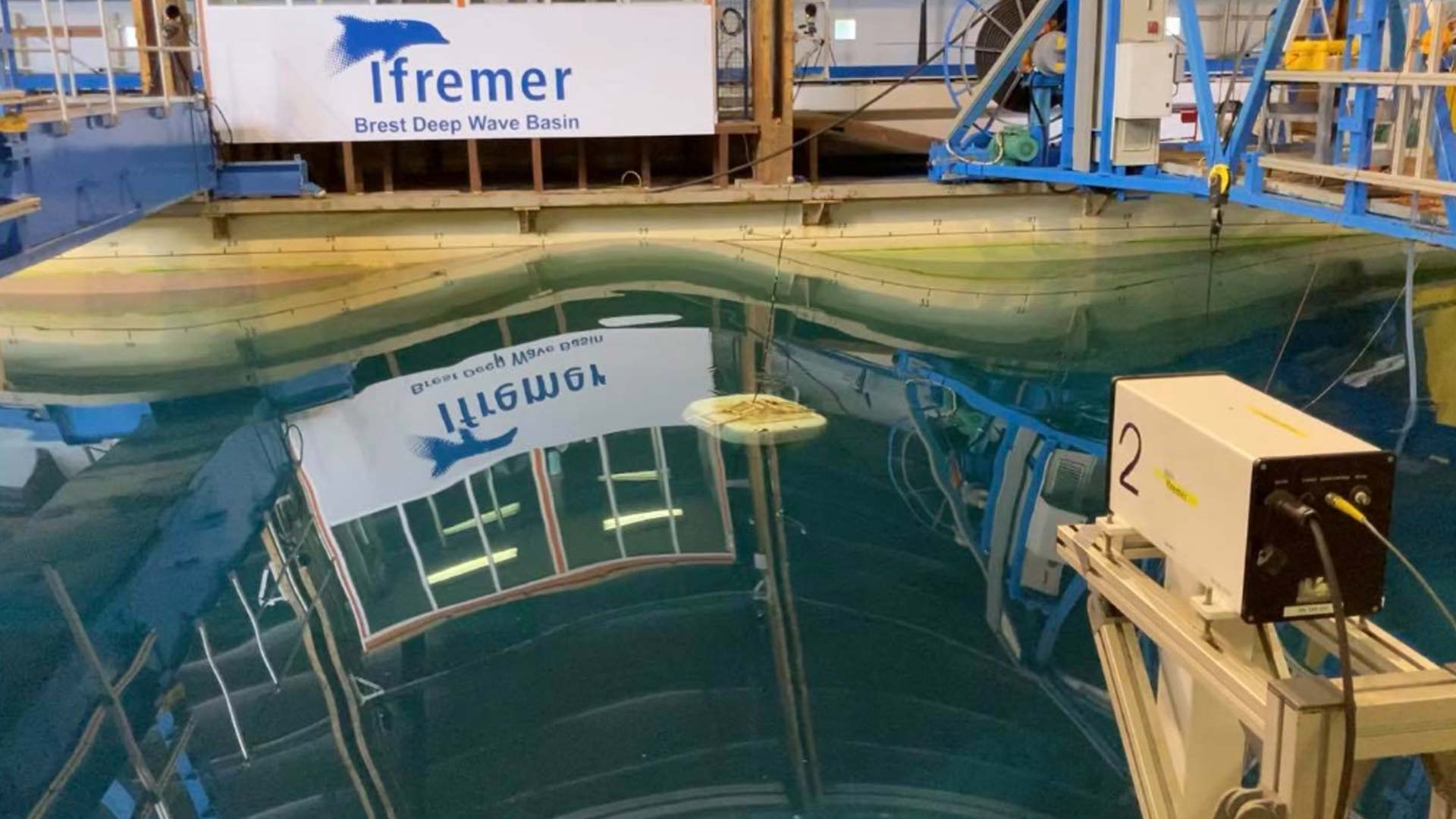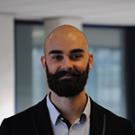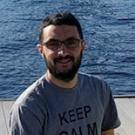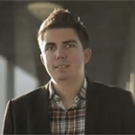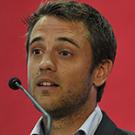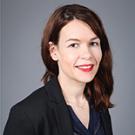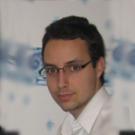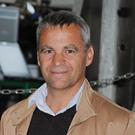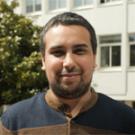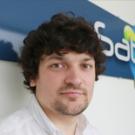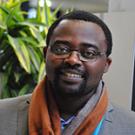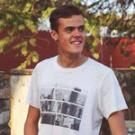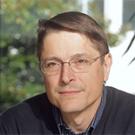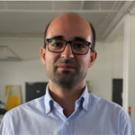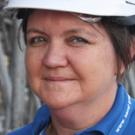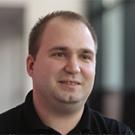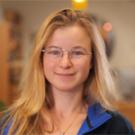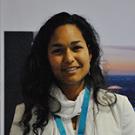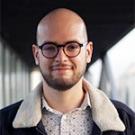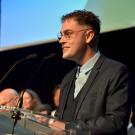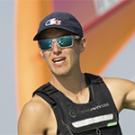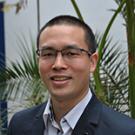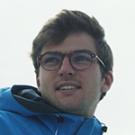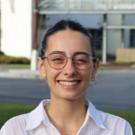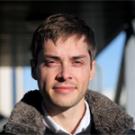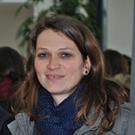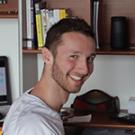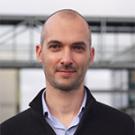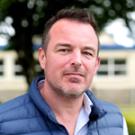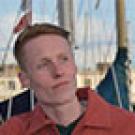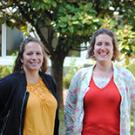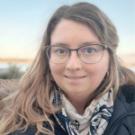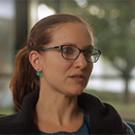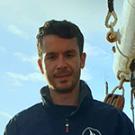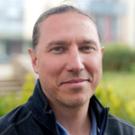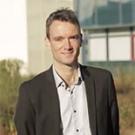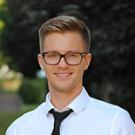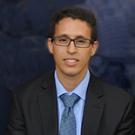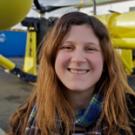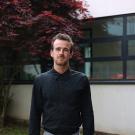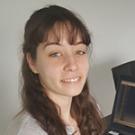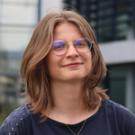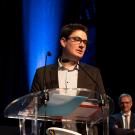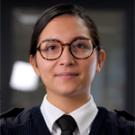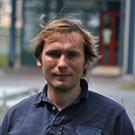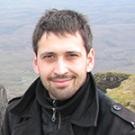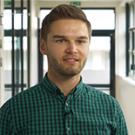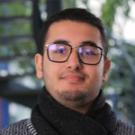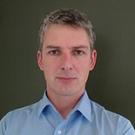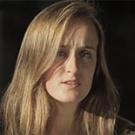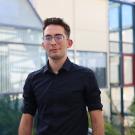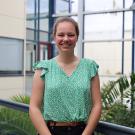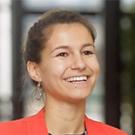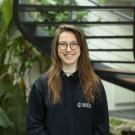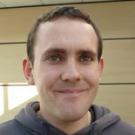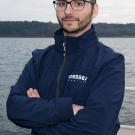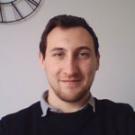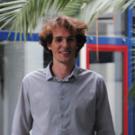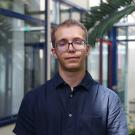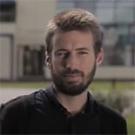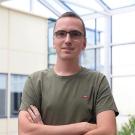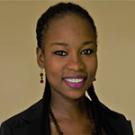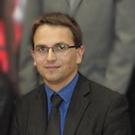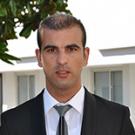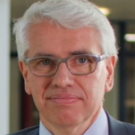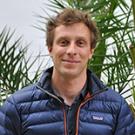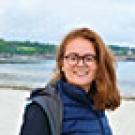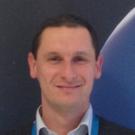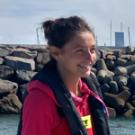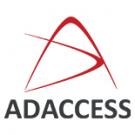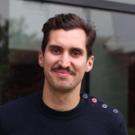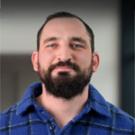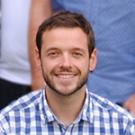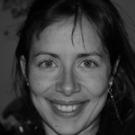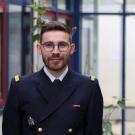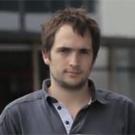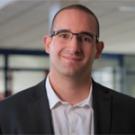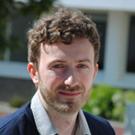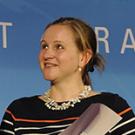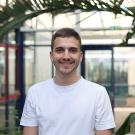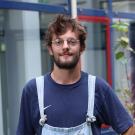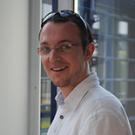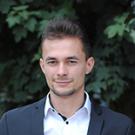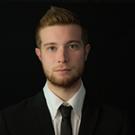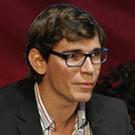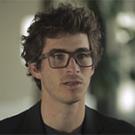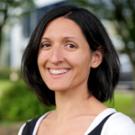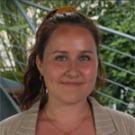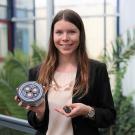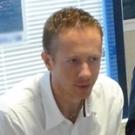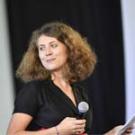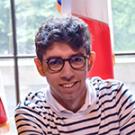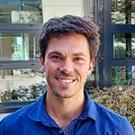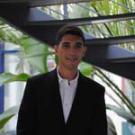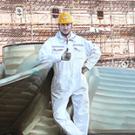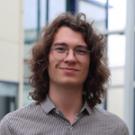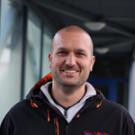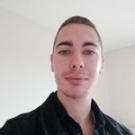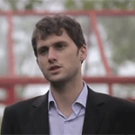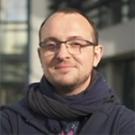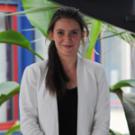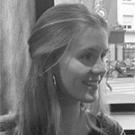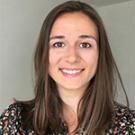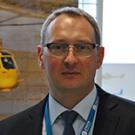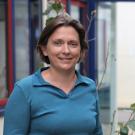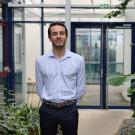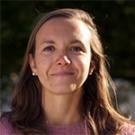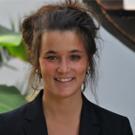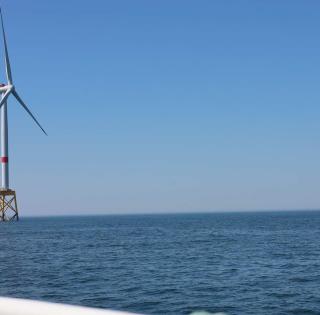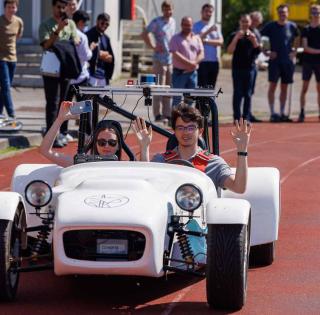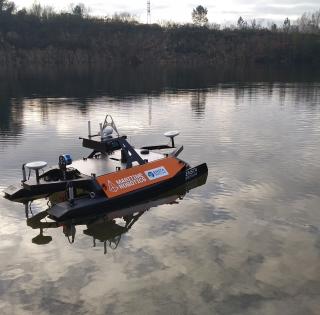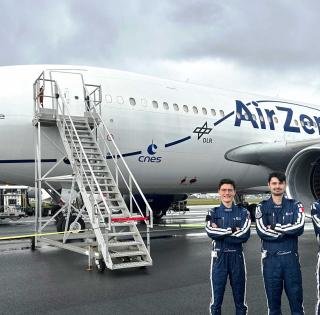
About the team:
Project management: Matthieu GARIN
Environment: Marine KERBOULL, Martin LE CORRE, Matthieu GARIN
Hydrodynamics: Aymeric NAUD, François KARPIEL, Yann RIOU, Arnaud COUTREY
Mechanics: Mohamed JOMAA, François WICART, Paul ROSSIGNEUX, Vincent GOURVES
Tests: Arnaud COUTREY
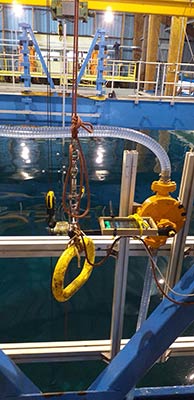
What does the project involve?
This project concerns the study and design of a PTO (Power Take Off) prototype of a simple wave energy converter which converts wave energy into potential energy. The study also involves full-scale extrapolation of the results.
We are basing our research on the principle implemented in the CETO buoy concept. These are submerged buoys, which oscillate with the ocean’s waves, driving the high-pressure seawater ashore to generate energy thanks to a turbine.
This is a promising technology which, in addition to generating electricity, harbors potential for an array of applications, including seawater desalination, protection against coastal erosion, marine agriculture and offshore hydrogen production.
What knowledge sets have you combined for this project?
The project is part of the Engineering Science and Technology subject of our Specialized Advanced Master in Marine Renewable Energies. But it also bears on all of the subjects studied during our course, since it combines all of the technical, economic and environmental knowledge we have acquired during our training.
What were the different stages of the project?
Our project was carried out over 4 stages:
- Design of a prototype at a scale of 1:10
- Testing of the prototype in the test tank at IFREMER
- R&D, environmental and societal studies at full-scale
- Presentation before a MRE expert panel
During the R&D stage, could you clarify what exactly your work involved?
The R&D stage entailed a complete hydrodynamic and mechanical study of the prototype and 1:1 scale. This involved modeling the system subject to different swell surges to find out the right configurations (buoy size, depth, weight, etc.) for generating as much energy as possible. Then we compared our values with reality during our tests in the tank. It also involved sizing the pump and a set of specifications for the 1:1 scale.
The environmental and societal study included
- Studying a potential site in France: we chose Belle-Île (off the South Brittany coast)
- Studying the energy recovery potential
- An economic model which assessed the LCOE (price of our generated energy in €/MWh).
How were the work tasks distributed?
The whole cohort was involved in this project, i.e. 11 students.
The exercise was conducted in project mode.
We organized ourselves into 3 groups: environment, hydrodynamics and mechanics. There was a group leader per team, a project manager to oversee the teams (that’s my position) and a student lead for the tests. This is therefore a similar organization to how an SME operates in the sector.
What are the results of your tank tests?
We successfully drove up the tank water using a pump in a bucket placed at a height. This might appear simple at first glance, but it was hugely exhilarating for the team to see that the modeling, design, part supply and installation work all made it possible to produce a working prototype. These test sessions provided us with usable results. But it soon became clear to us that the buoy reacted better for certain swell surges and that the scope for improving our buoy was wide-ranging.
I would like to thank IFREMER who is a partner of the program. Thanks to them, we were able to use their swell basin and to benefit from the invaluable assistance of expert researchers in the field.
How would you rate this experience?
During this project, we were able to tap into a broad range of the technical, economic and environmental knowledge learned during the Specialized Advanced Master. By doing so, we gained a firm grasp of it in practice and a deeper understanding of certain aspects.
In less than 6 months, starting from scratch, we managed to build a working prototype, perform tests in IFREMER’s tank and analyze the behavior of a system within a complex environment.
Our team’s key strength was its multidisciplinarity. We all have different specialisms and study backgrounds (composite, civil engineering, energy, HVAC, etc.), and this is ideal for good work dynamics and helping each other out.
To end, I would add that there is genuine merit in this project as we are trying to find a solution capable of recovering clean energy, available in large quantities – this is the whole challenge of marine renewable energies. Remember that, according to IFP Énergies Nouvelles, in Mainland France, this potential is estimated to be 40 TWh/year, primarily along the Atlantic Coast (10 to 15 GW).
Specialized Advanced Master Marine Renewable energies expert






